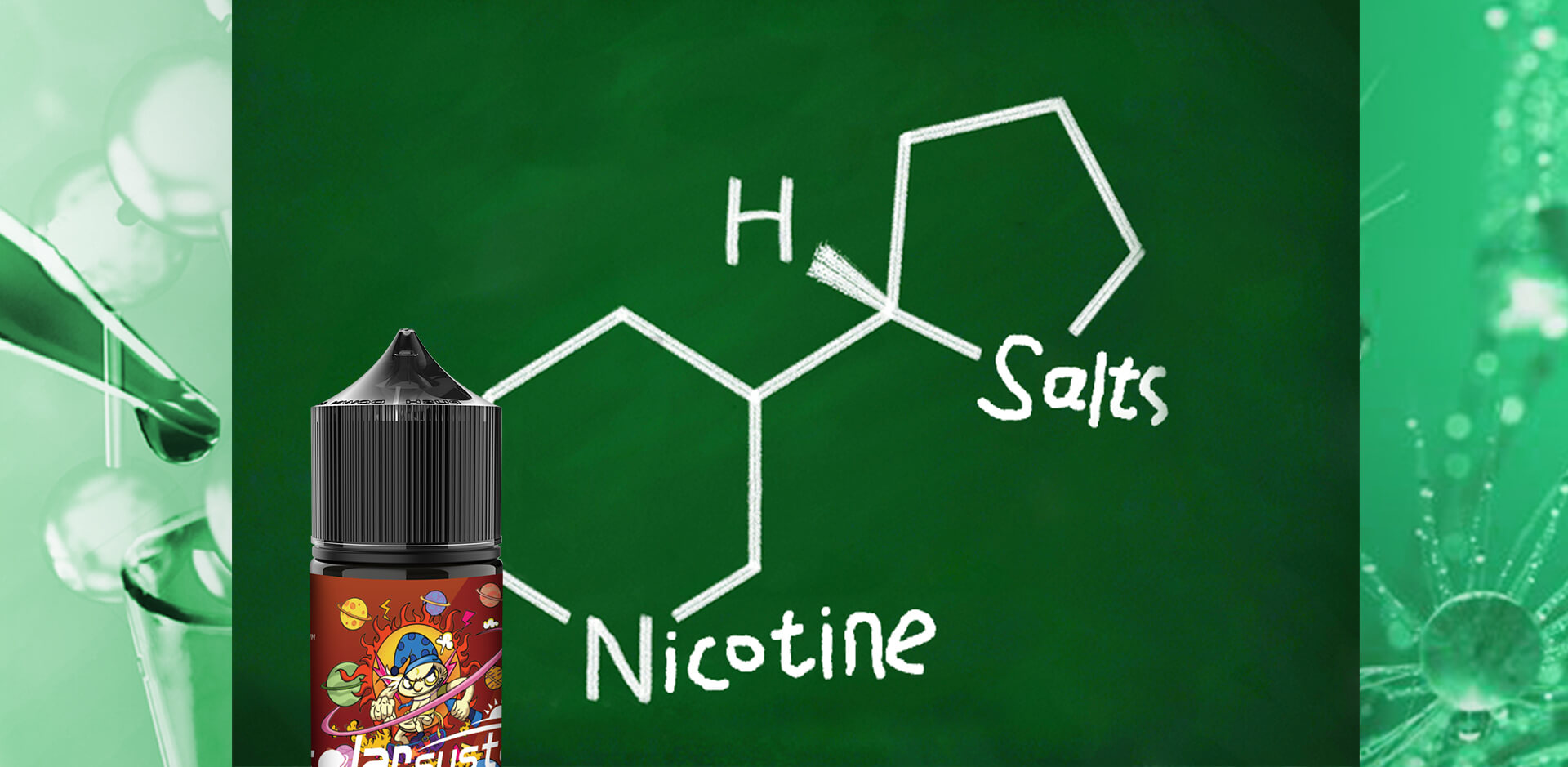
Vaping 101: What are 4 Facts about Vaping? Everything You Need to Know about The Vaping

In the past decade, vaping has grown significantly. But before you pick up your e-cigarette, here are 4 points that you should know about the product and the industry.
1. Vaping is less harmful than smoking, but it’s still not safe.
E-cigarettes heat nicotine (extracted from tobacco), flavorings and other chemicals to create an aerosol that you inhale. Regular tobacco cigarettes contain 7,000 chemicals, many of which are toxic. While we don’t know exactly what chemicals are in e-cigarettes, Blaha says “There’s almost no doubt that vaping exposes you to fewer toxic chemicals than smoking traditional cigarettes.”
However, there has been an outbreak of lung injuries and deaths associated with vaping. In February 2020, the Centers for Disease Control and Prevention (CDC) confirmed 2,807 cases of e-cigarette or vaping use-associated lung injury (EVALI) and 68 deaths attributed to that condition. “These cases appear to predominantly affect people who modify their vaping devices or use black market modified e-liquids. This is especially true for vaping products containing THC,” explains Blaha. The CDC has identified vitamin E acetate as a chemical of concern among people with EVALI. Vitamin E acetate is a thickening agent often used in THC vaping products, and it was found in all lung fluid samples of EVALI patients examined by the CDC.
- Do not use THC-containing e-cigarettes or vaping products.
- Avoid using informal sources, such as friends, family or online dealers to obtain a vaping device.
- Do not modify or add any substances to a vaping device that are not intended by the manufacturer.
2. Research suggests vaping is bad for your heart and lungs.
Nicotine is the primary agent in regular cigarettes and e-cigarettes, and it is highly addictive. It causes you to crave a smoke and suffer withdrawal symptoms if you ignore the craving. Nicotine is a toxic substance. It raises your blood pressure and spikes your adrenaline, which increases your heart rate and the likelihood of having a heart attack.
3. Electronic cigarettes are just as addictive as traditional ones.
Since vaping is sometimes advertised as a means to help people quit traditional cigarettes and break their addiction, there is a false understanding that vaping itself is not addictive. In reality, both e-cigarettes and regular cigarettes contain nicotine, which research suggests may be as addictive as heroin and cocaine.
4. Young Adults are More Likely to Vape
There has been a steady decline in traditional cigarette use among teens, but in its place, vaping has found a new home. According to a Gallup poll conducted in 2018, 20% of Americans in the 18-29 age range reported regular vaping. The next highest category was the 30-64 range where only 8% said they vaped. In contrast, the study found that only 16% of the 18-29 group regularly used traditional cigarettes. This demographic variation is likely due to misconceptions among young adults regarding the safety of vaping, as well as its wide assortment of flavors from chocolate to watermelon, which as we know are more appealing to younger crowds. Regardless of the cause, this information shows that it is our young people that are at greatest risk.
Related posts
-
2021-12-16
7 Reasons to Vape Without Nicotine



